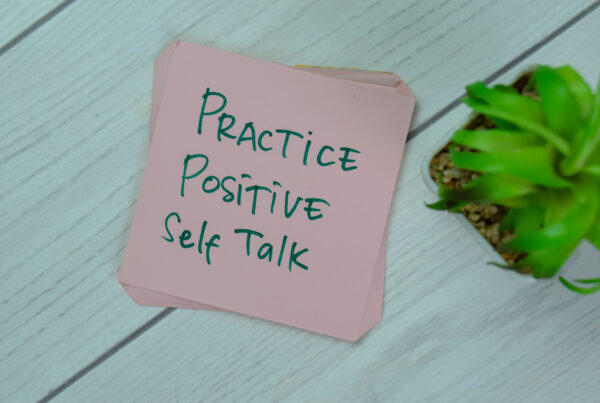
It is National Suicide Prevention Month 2019, and it is important that we have a conversation about a glaringly rising issue that is affecting people across age groups, demographics, and location.
Suicide is a public health crisis that involves psychological, biological, and societal factors. Since 2008, it has been the 10th leading cause of death for all ages in the United States while suicide rates for U.S. teens and young adults are the highest on record, having increased over 33% in the last twenty years. It is now believed to be the second-leading cause of death amongst people aged 10-34.
Who is most at risk?
In 2017, 47,173 Americans died by suicide while there were an estimated 1.4 million suicide attempts. Suicide rates are traditionally higher in male than in female youth, but recent data suggest that this gap may be narrowing.
According to the CDC, men are more likely to die by suicide than women, using more lethal methods such as firearms or suffocation. Women, however, are more likely than men to attempt suicide by poisoning.
Certain demographic subgroups are known to be at a higher risk than others. American Indian and Alaska Native youth and middle-aged individuals have the highest rate of suicide, followed by non-Hispanic White middle-aged and older adult males. While African Americans generally have the lowest suicide rate, African American children under the age of 12 have a higher rate of suicide than White children.
Suicide is now the second leading cause of death for young individuals aged 10 to 14, leading to 425 deaths per year, which has surpassed the death rate for traffic accidents. Among males, the suicide rate is highest for those aged 65 and over, while among females, the suicide rate was highest for those aged 45-54.
Risk factors include health factors (such as depression and substance use problems), environmental factors (such as unemployment, financial crises, relationship problems, and access to lethal means) and historical factors (including previous suicide attempts, a history of childhood abuse or trauma, and a family history of suicide).
Why are suicide rates spiking?
The mental health of teens and young adults in the U.S. has dramatically declined since the late 2000s, as the rate of depression among teens ages 14-17 has increased by over 60% in the last decade. In 2017, more than 1 in 8 Americans ages 12 to 25 experienced a major depressive episode, while rates of suicidal thoughts, plans, and attempts all increased significantly, even doubling in some cases.
While there is never one single cause of suicide, multiple risk factors may include and encapsulate “serious psychological distress,” a term applied to people who score high on measuring feelings of sadness, nervousness, and hopelessness.
Socioeconomic changes and a “deterioration of economic and social well-being among the white working class” may play a role in the spiking suicide rates of White Americans, while suicides have increased most sharply in rural communities where the loss of farming and jobs has led to economic declines and a higher probability of psychological distress combined with a lack of accessible, affordable, and effective mental health care.
Among American youth, as smartphones and social media use has become more prevalent in every aspect of life, teens have shifted the way they spend their leisure time. Activities that benefit mental health, such as sleep and face-to-face interaction with friends and family, have declined as U.S. teens become more deeply entrenched in engaging with digital media.
What help is available?
The key to seeing suicide rates fall is making suicide prevention a mission and a priority. This includes:
- Improving access to mental health treatment
- Investing in community interventions
- Coordinating suicide prevention across healthcare, social, education, and employment services
- Implementing workplace suicide prevention programs that train supervisors to identify and help those at risk
A country like Japan could be a good example of who to follow on suicide prevention. Suicide rates rose there in the late 1990s, a trend often tied to the Asian financial crisis of 1997. Around the turn of the 21st century, Japanese citizens began to shift their view of the crisis as more of a public health problem rather than a private and strictly personal issue. The country passed legislation to fund suicide awareness and prevention campaigns in 2006 and by 2012, the number of suicide deaths had decreased to below 30,000 for the first time in over a decade.
While Japan mandated that detailed suicide statistics be released every month on a municipal level to match the greatest needs of the community, the U.S. has been slow to develop a national strategy. The nation’s first national plan to address suicide prevention was published in 2001 while it wasn’t until 2010 that a public-private partnership was launched in the form of the National Action Alliance for Suicide Prevention. While encouraging, moving research to action has been slow, and accessible and affordable mental health resources are still out of reach for many who have suicidal thoughts and behaviors.
There is genuine hope for those considering suicide. Depression is a treatable condition, and it needs to be treated. Parents, teachers, peers, friends, and family should be attentive to those who are socially isolated, distressed, and who need the support of even simply having someone to talk to.
Help is here. The National Suicide Prevention Lifeline is 1-800-273-8255. Our compassionate team at Mission Harbor can be reached at 1-805-209-4446.
Treating depression and mental health is a complex matter that needs the assistance of professionals capable of getting to the core of the underlying issues. We’re here to guide you through towards a promising new tomorrow full of happiness and wonder.
Give us a call this Suicide Prevention Month 2019 to learn how we can help.




